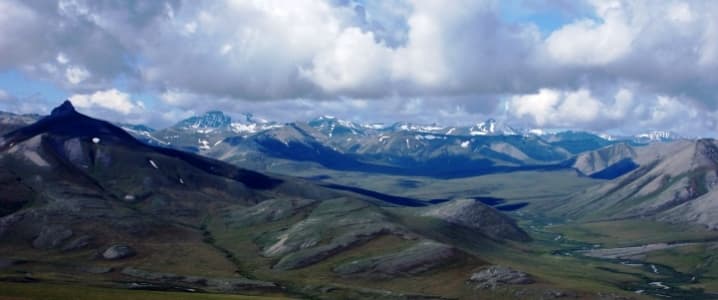BP’s Alaska unit had at least 27 serious safety incidents this year, raising concerns that the oil major has not corrected course after the Deepwater Horizon explosion and oil spill.
Seven years after BP’s disaster in the Gulf of Mexico, the British oil giant is still wrangling with serious problems in its safety culture. BuzzFeed News obtained internal emails and recordings that painted a worrying picture of BP’s operations in Alaska. According BuzzFeed, the oil company had 27 safety events in Alaska, five of which were classified as especially risky “Tier 1 events” that are among the most serious.
“I’m deeply concerned that with these trends, we are not in a stable state,” BP’s Alaska chief Janet Weiss wrote in a Sept. 12 email. That came a few days after workers from the oil company inadvertently caused a gas leak that could have led to an explosion. “If there had been an ignition source, we might have lost colleagues,” Weiss wrote to the company’s Alaska personnel. “We must change now; we must have a reset.”
BuzzFeed said the emails demonstrate that company management is trying to clean up the safety culture, but clearly has a long way to go. “BP management recognizes the many recent critical incidents we’ve experienced will lead to a death,” a longtime BP employee told BuzzFeed News. “We are making the same mistakes we made 40 years ago.” As of September, BP Alaska had at least 27 incidents on the year, compared to 23 for the full-year of 2016.
Related: Which Of These 3 Hotspots Will Be The Next Big Thing In Oil?
In April, BP workers discovered a serious gas leak at one of its projects, forcing the company to shut down the wells. The company said melting permafrost was to blame, but internal emails obtained by BuzzFeed point to broader problems with the company’s safety culture. After the September incident, BP’s Alaska President Janet Weiss announced a three-day work stoppage in order to get a handle on the situation, a move that industry insiders say illustrated the depth of her concern.
BP has been operating Alaska’s Prudhoe Bay oil field for 40 years, the most productive U.S. oil field of all time. Safety issues are nothing new for BP. In 2006, BP spilled more than 260,000 gallons of crude oil at its Prudhoe Bay facility, a leak that went undetected for five days. That led to tens of millions of dollars in fines. A year earlier BP – although not its Alaska division – suffered an explosion at its Texas City refinery, which killed 15 people. Then, of course, the worst of all was the Deepwater Horizon disaster in 2010.
BP is fortunate that none of the 27 incidents led to a catastrophe at the scale of Deepwater Horizon, which resulted in 11 deaths, the worst oil spill in U.S. history, and cost the company more than $60 billion. If BP is responsible for another disaster of similar size and scope, it would be a “company killer,” industry experts told BuzzFeed. “[T]he company could not survive yet another Deepwater Horizon,” an industry source familiar with BP’s Alaska unit told BuzzFeed.
Related: Syrian Kurds Cut Secret Gas Deal With Russian Forces
Alaska, too, might not survive a disaster like Deepwater Horizon. The state is already suffering from declining revenues as oil production falls and oil prices remain stuck at half of their pre-2014 level. The state has not paid millions of dollars it owes to smaller oil and gas producers this year, Reuters reports. Wood Mackenzie says that the fiscal distress facing Alaska raises problems of uncertainty for the industry, which could actually deter investment – a viscous cycle that could be hard to turn around.
A series of recent oil discoveries in Alaska has led to some cautious optimism for state officials who hope to halt production declines. The U.S. Congress is also working on a budget that would open up the Arctic National Wildlife Refuge (ANWR) for oil and gas exploration, after decades of remaining off limits. Environmentalists vociferously oppose the measure for putting wilderness at risk, while proponents hope it will reverse falling output at Prudhoe Bay.
An oil spill or safety incident, whether its BP or another company, would put all of that at risk. Luckily for BP, they have thus far avoided the worst.
By Nick Cunningham of Oilprice.com
More Top Reads From Oilprice.com:
- Oil Prices Rise Ahead Of Inventory Data
- Aramco CEO Warns Of Imminent Oil Supply Crunch
- New Tech Pushes The EV Revolution Into Overdrive


















